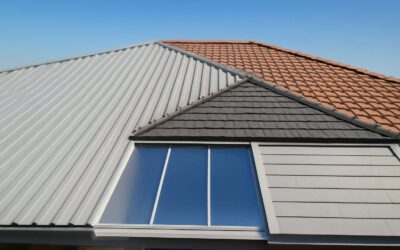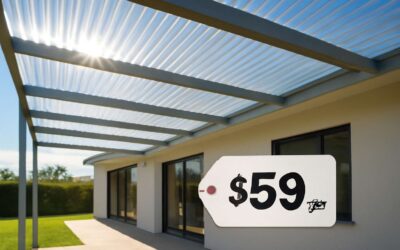A fiber roof sheet is a type of roofing material made up of fibre and polymer. This combination results in a strong and durable material that is perfect for use on commercial or domestic roofing. The sheets are available in a range of colours, and can also be adapted to suit different visibility standards, ranging from translucent to opaque.
Unlike traditional materials such as asphalt and metal, the material is not vulnerable to rot or corrosion and can be easily cleaned. It also offers protection against sunlight and rain, and can be used in any climate. Fiber roof sheets are also easy to install, meaning that they can be fitted quickly and efficiently.
These lightweight, durable sheets can be used in a wide range of buildings, including greenhouses, courtyards, farmhouses, barns, and sports venues. They can also be used as roofs for swimming pools and garden areas. They are also popular in industrial applications, as they provide excellent water-shedding properties and offer a high level of strength and durability.
Fiber cement roof sheets are a cost-effective alternative to other roofing materials such as tiles or slates. They are suitable for both new and existing homes, and can be installed by a professional or a DIYer. However, it is important to take safety precautions when working at heights or with tools. Always consult the manufacturer’s guide before starting any work, and never undertake any job that you are uncomfortable or unsure of how to complete.
It is also advisable to plan ahead before starting the job, and make sure that you have all of the necessary equipment for the task. This will help you to save time, money, and effort in the long run. You should also try to avoid working in bad weather conditions, as this can make the sheets more slippery and difficult to handle.
Before you begin to fit the roof sheets, it is essential that you pre-drill holes for the fixings that you will be using. Failure to do so could result in damage to the sheets or the roof itself. It is also a good idea to plan out where each sheet will be fixed, as this will make the process much quicker and easier.
Once the sheets are cut to size, they can then be fixed to the roof using the appropriate screws and fixings. It is recommended that you use galvanized nails or screws, as these are less likely to rust over time. It is also important that you ensure that all of the fixings are completely secure, and that there are no loose ends or cracks in the sheet.
Finally, it is advisable to clean the roof sheets regularly to remove any dirt or dust that may accumulate. This will help to prolong their lifespan and keep them looking new. It is also a good idea to treat the sheets with a waterproofing compound, which will protect them against the elements. By following these simple tips, you can help to prolong the life of your fibre cement roof sheets.



0 Comments